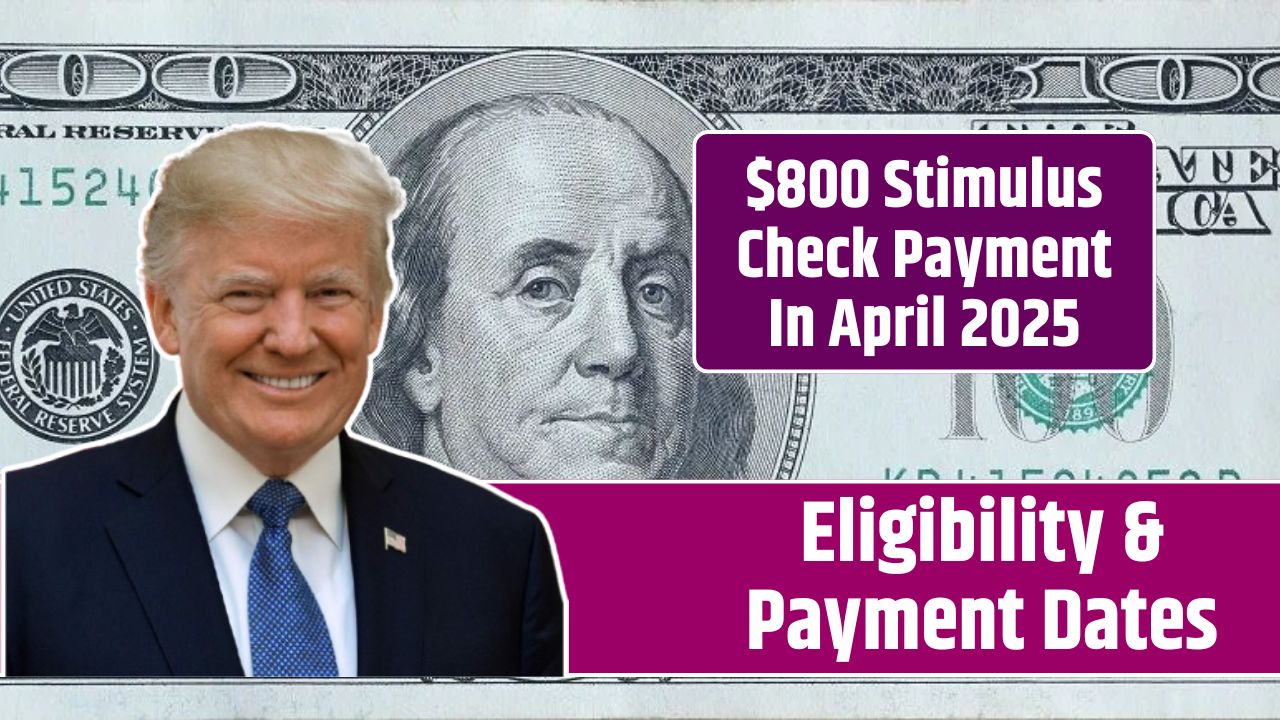Planning for retirement can feel like aiming at a moving target—and in 2025, the target’s shifting again. For those born in 1959, the full retirement age (FRA) is bumping up by two months, from 66 years and 8 months to 66 years and 10 months.
While that may seem minor, this change could have a noticeable impact on your benefits and overall retirement strategy.
Let’s break down what’s changing, why it’s happening, and how you can stay ahead of it.
Overview
Here’s a quick snapshot of what the retirement age adjustment looks like:
| Aspect | Details |
|---|---|
| Current Full Retirement Age | 66 years and 8 months (for those born in 1958) |
| New Full Retirement Age | 66 years and 10 months (for those born in 1959) |
| Early Retirement Age | 62 (no change, but benefits reduced if claimed early) |
| Maximum Benefit Age | 70 (delayed benefits increase payments by 24%) |
| Main Reason | Longevity, financial strain on Social Security |
Purpose
Why is this change happening now? Simple: the Social Security system is under pressure. People are living longer, and fewer workers are contributing to the system compared to the number of retirees. Back in 1960, five workers supported each retiree. Now? It’s closer to three.
To help keep the system afloat, Congress set a gradual retirement age increase in motion decades ago. The shift we see in 2025 is just the next step in that long-term plan.
Details
Starting January 1, 2025, if you were born in 1959, your FRA becomes 66 years and 10 months. That’s a two-month jump from the previous year. Claiming before this age still results in reduced benefits.
Let’s look at what that reduction or increase might look like in dollar terms.
Benefits
Here’s how claiming your Social Security benefits at different ages would affect your monthly payout, assuming your full benefit at FRA is $1,000:
| Claiming Age | Benefit Change | Monthly Benefit |
|---|---|---|
| 62 | 29.17% reduction | $708 |
| 66 y, 10 mo | Full benefit (100%) | $1,000 |
| 70 | 24% increase | $1,240 |
Let’s say Jane was born in 1959 and qualifies for a full monthly benefit of $1,000. If she claims at 62, she gets $708. If she waits until 70, her check jumps to $1,240. That’s an extra $532 per month compared to claiming early.
Factors
Not sure when to retire? Here are some things to think about:
Your Finances: If you need the money now, taking benefits early might be the right move. But it comes at a long-term cost.
Your Health: If you’re in good shape and expect to live longer, delaying can pay off big time. But if you have health concerns, claiming sooner may make more sense.
Are You Still Working?: If you earn too much while claiming early, you could face benefit reductions. In 2025, the Social Security Earnings Test kicks in:
| Status | Annual Earnings Limit | Reduction Rule |
|---|---|---|
| Before FRA | $23,400 | $1 withheld for every $2 above limit |
| Year you reach FRA | $62,160 | $1 withheld for every $3 above limit |
Keep in mind: once you hit your FRA, these earnings limits disappear.
The 2025 retirement age increase is part of a long-term plan to secure Social Security’s future. While a two-month delay may not seem like much, it can affect how much you receive and when.
Whether you’re a year away or a decade out from retirement, knowing the rules can help you make smarter, more confident decisions. Don’t let a small change catch you off guard—plan ahead and look into your options.
FAQs
What is the new FRA in 2025?
It’s 66 years and 10 months for those born in 1959.
Can I still retire at 62?
Yes, but your benefits will be reduced permanently.
Why is the retirement age increasing?
To ensure Social Security’s sustainability as people live longer.
How much more do I get if I delay until 70?
You could get up to 24% more in benefits.
Will this change again after 2025?
Yes, future increases are planned for later birth years.

















